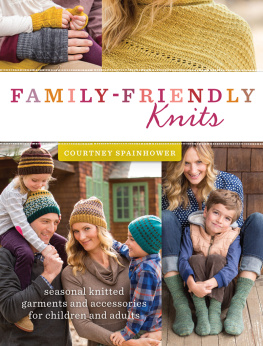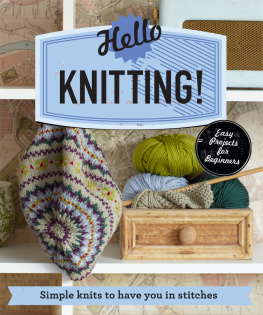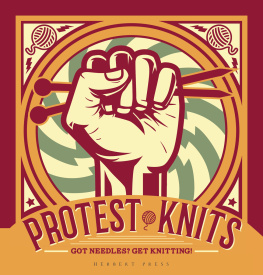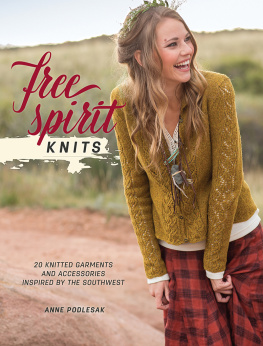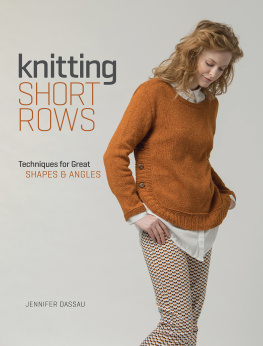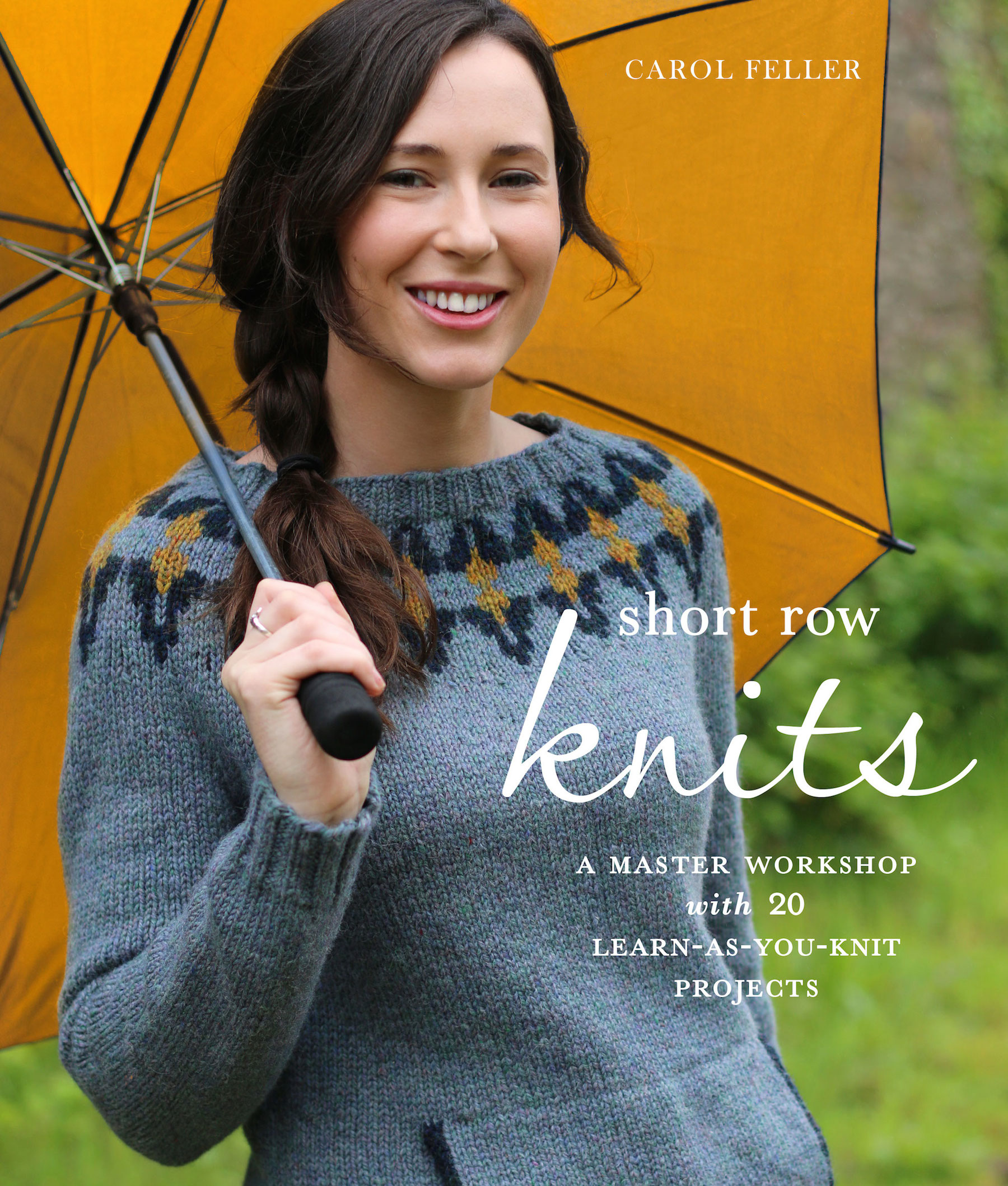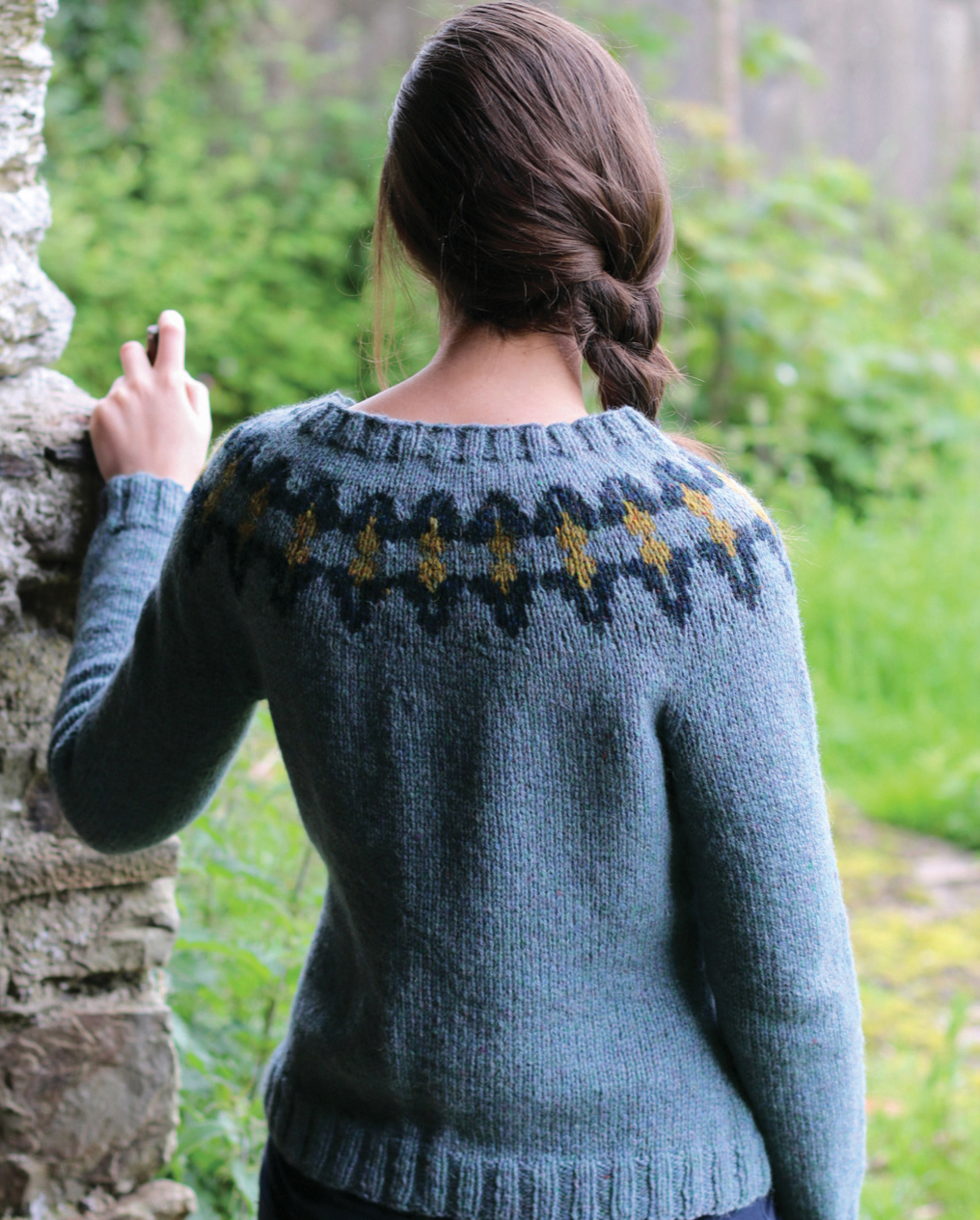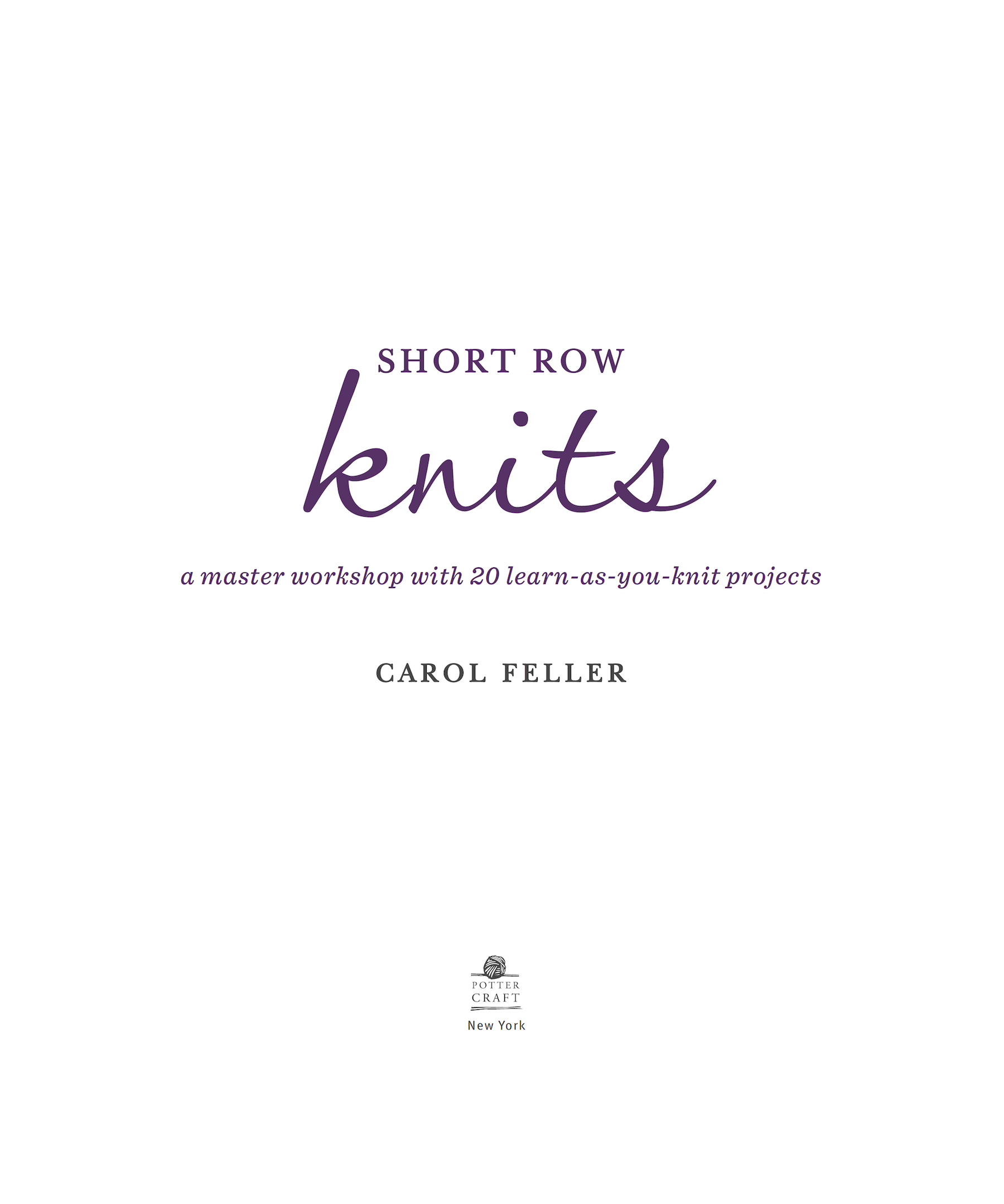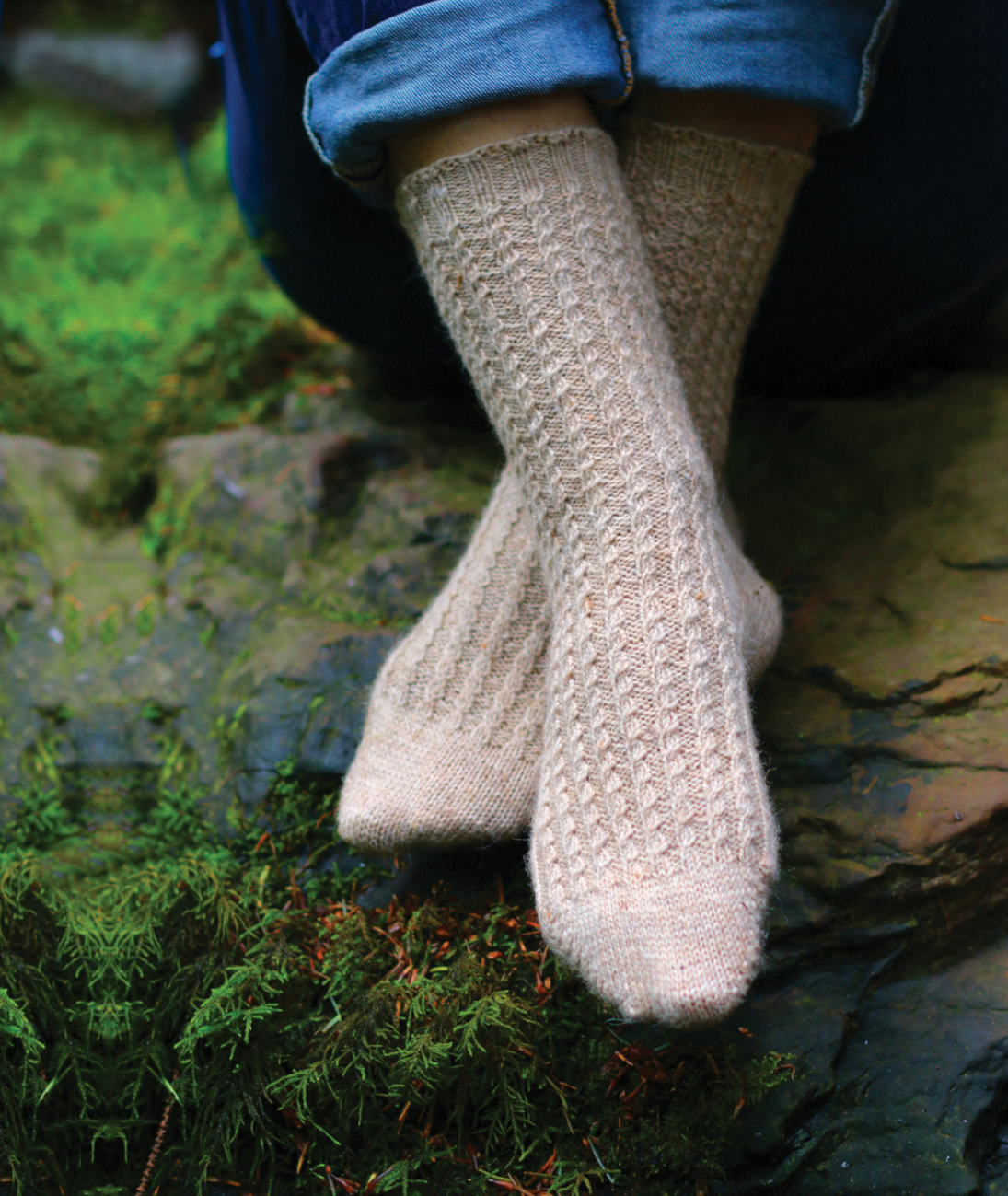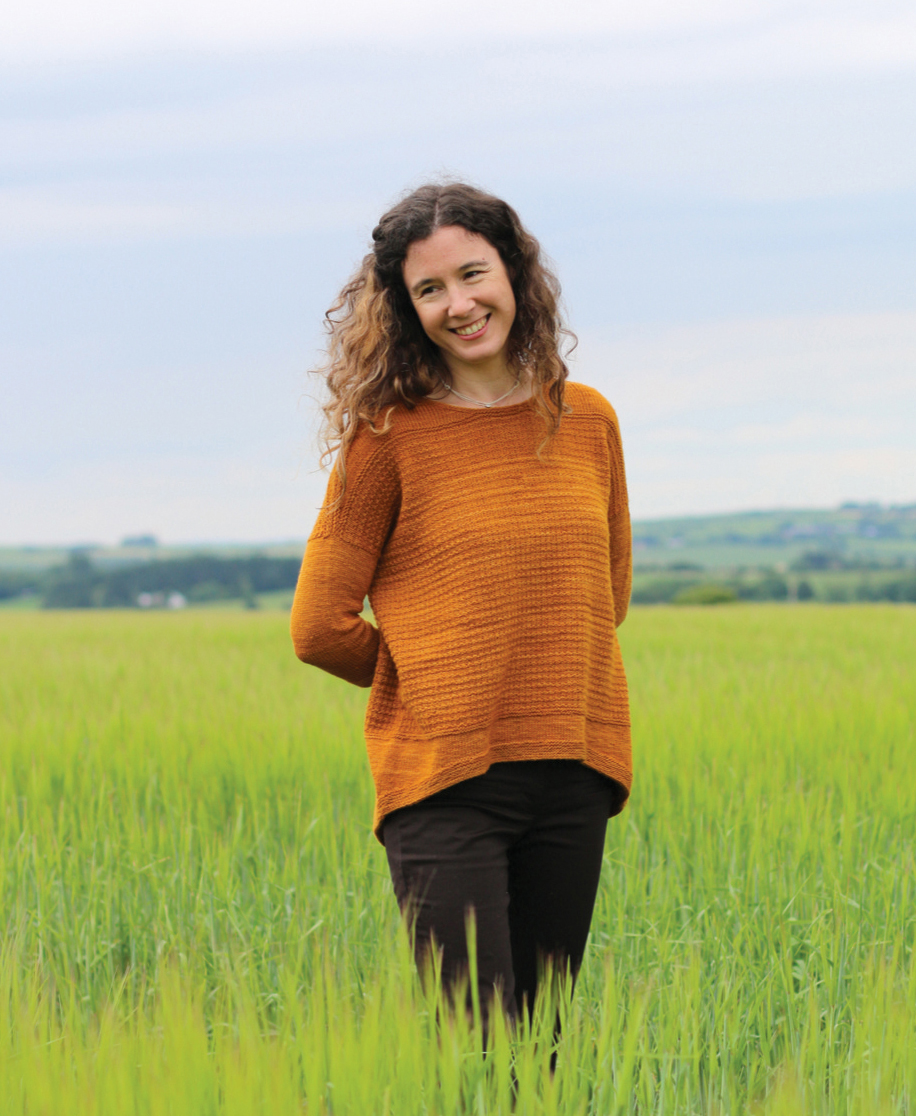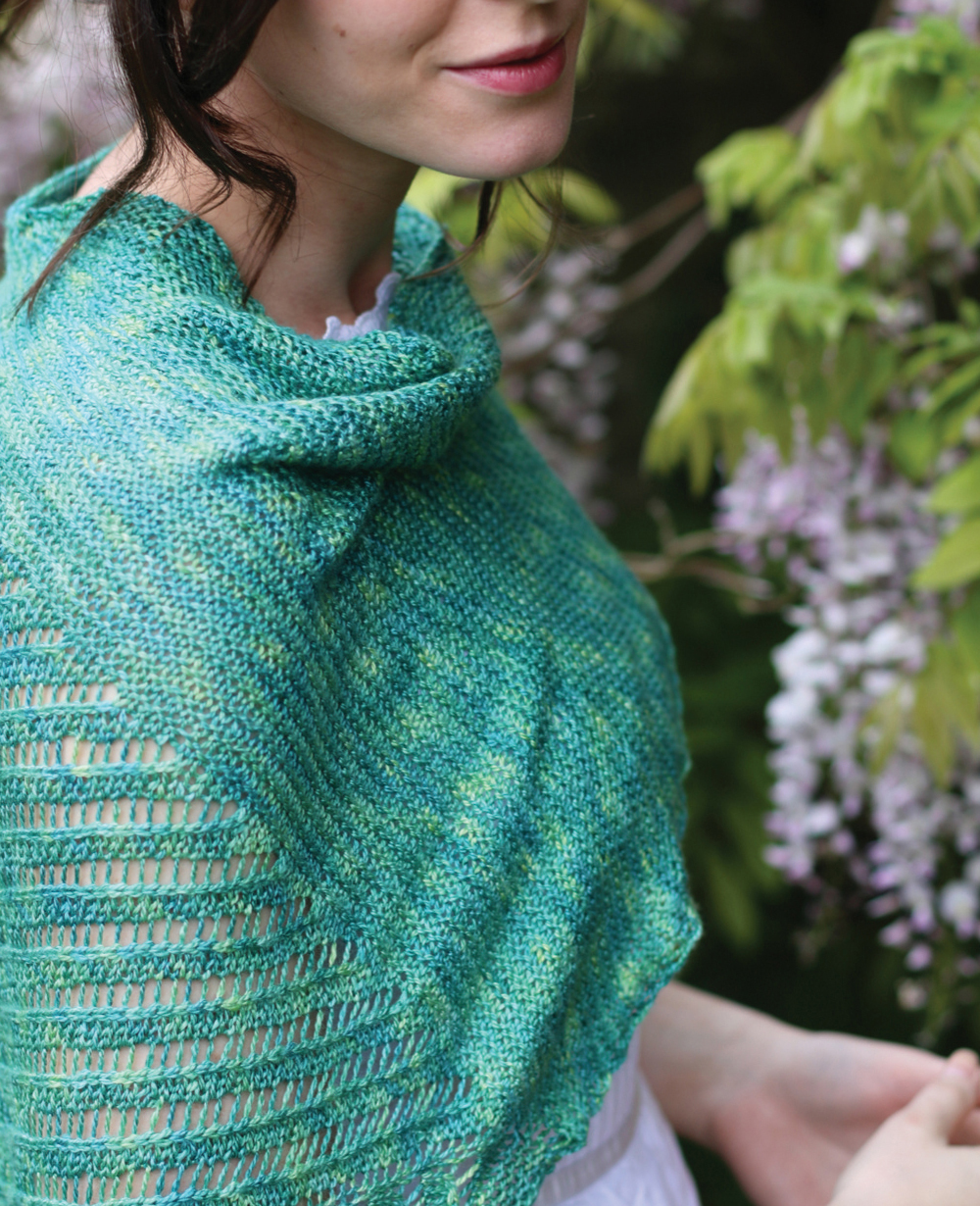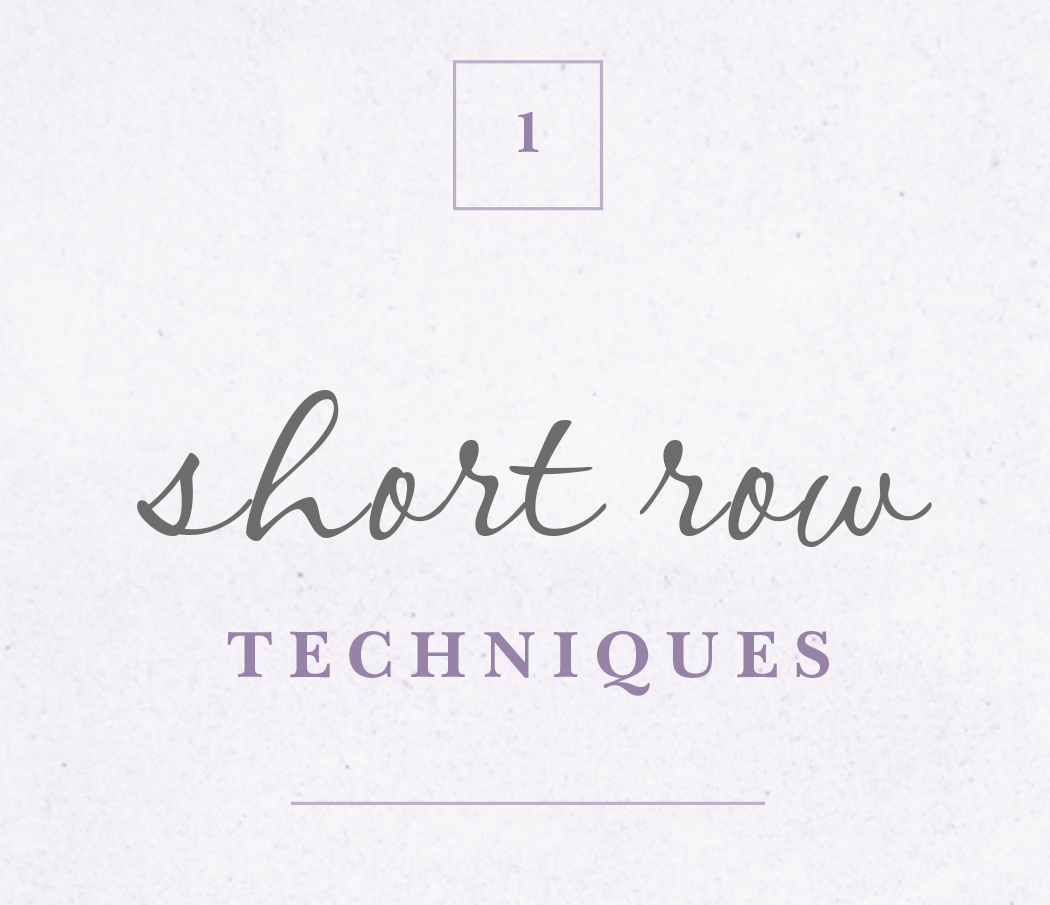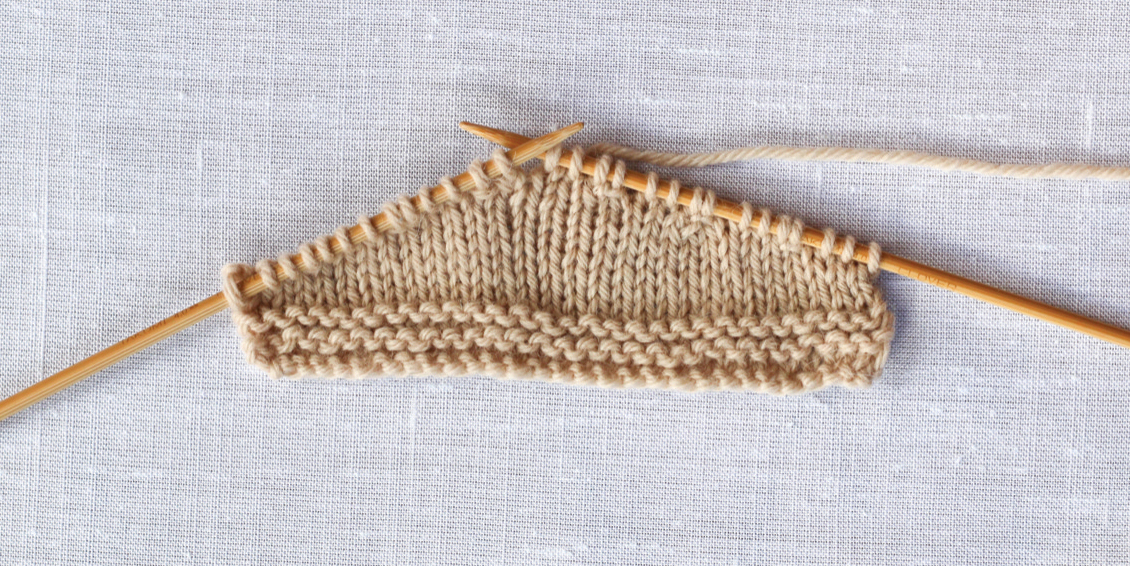All rights reserved.
Published in the United States by Potter Craft, an imprint of the Crown Publishing Group, a division of Penguin Random House LLC, New York.
www.crownpublishing.com
www.pottercraft.com
POTTER CRAFT and colophon are registered trademarks of Penguin Random House, LLC.
Library of Congress Cataloging-in-Publication Data is available upon request.
INTRODUCTION
Short rows are one of my favorite knitting techniques. Simply by turning your work before the end of a row, you can create truly magical results. Imagine shaping your knitting to fit your own curves. Or working a lace shawl that never changes stitch count. Or customizing existing patterns to make them exactly right for you!
Have you ever avoided a pattern when you saw that it included short rows? You arent alone! Over the years I have taught many knitters how to knit short rows, both in person and through my online Craftsy class. Some had already tried short rows but were unhappy with the results because they looked sloppy and werent well hidden. Others were hesitant to give short rows a try because they thought they were too advanced.
But in my experience, once short rows are explained in logical steps, most knitters pick up the techniques very quickly. My favorite part of teaching short rows is when students have that Eureka! moment, when they suddenly get how short rows work. Working through each step methodically, most students learn the basic concepts quickly and are creating neat, nearly invisible short rows within a few hours. Once they do, it opens up a whole new range of possibilities in their knitting. I hope this book does the same for your short rows!
My goal is to demystify short rows so that you are comfortable with the basic idea and to teach you several different ways to create them so you can find the method that best suits you. But more important, I want you to understand that short rows are a powerful and versatile tool. They are powerful because you can use them to create shapes, curves, and extra length in your knitting without ever changing your stitch count. This is important, because it means that you can easily add short rows to existing patterns without making any other changes. And they are amazingly versatile. In this book youll learn how to create a variety of two-dimensional shapes, and also how to use short rows to transform a two-dimensional surface into a three-dimensional form. Youll learn how to use short rows to create innovative accessories and to add shoulder shaping, sleeve caps, bust darts, hems, and other elements to garments.
I hope that you will enjoy this book as a tutorial and workbook to master the methods and techniques, and also as an inspiring pattern book with twenty beautiful yet wearable projects. I want you to put theory into practice and learn through experience. Every pattern in this book uses short rows to demonstrate a technique or application so that you have a concrete example in which to perfect your short rows. If you are like me, you have many pristine knitting books tucked away on your shelf, and a select few well-worn knitting books that are always close at hand. Im hoping this book ends up in the second category for you and inspires you to come back over and over to explore this magical technique and apply these ideas to your current and future works in progress.
HAPPY KNITTING!
1: Short Row Techniques
In this chapter you will learn several popular methods for creating short rows and experiment with a number of variations. I highly recommend creating the sample swatch with each method so that you are familiar with all of them and can make an informed choice when knitting, as you will no doubt find you favor one or two of the methods over others. After the tutorials and swatch patterns, youll find patterns for several clever accessories and a cardigan to help you practice your new skills.
Four Short Row Methods
Simply put, short rows are the result of turning your work before you get to the end of the row (or round) and working in the other direction. Simple, right? But what makes short rows sometimes a little tricky in practiceand where most people get tripped upis knowing what to do after the short row is created.
This is because when you turn your work, you create a gap, and if you dont use a method to close that gap, you will have a slight hole and a loose stitch in your work at that location. So the essence of short rows is mastering different methods that have been designed to close the gap.
In this section, I will show you several different methods for working short rows. For each method I give directions for a swatch to knit and keep for future reference. Make sure to label them and maybe even add your own notes. Each short row swatch has three turns on each side; you can even work all of the short row swatches one on top of each other if you dont bind off before you begin the next swatch.
Note that, for now, I am only describing working short rows in stockinette stitch (knit on the right side and purl on the wrong side) as this is the easiest fabric in which to hide short rows. Other fabric types are discussed in the next section ().
Method 1: Wrap and Turn (W&T)
With the wrap-and-turn short row method, every time you turn your work you wrap a loop of yarn around the next stitch. This loop of yarn is then used to close the short row gap when you are finished working your short rows. There are two methods of closing the short row gap in this way: the standard w&t method and my alternative.


